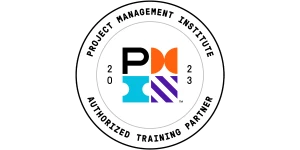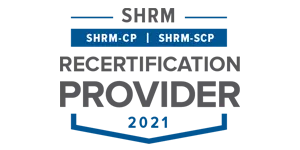Mastering the Solution Selection Matrix: A Guide for Process Improvement
Making the right decisions in process improvement projects can be daunting. The Solution Selection Matrix stands out as a vital decision-making tool that helps teams evaluate and choose the most effective solutions systematically.
With multiple solutions available and various stakeholders involved, selecting the best path forward often becomes a complex task.
Key Highlights
- Matrix Setup and Implementation
- Evaluation Criteria Selection
- Scoring System Guidelines
- Real Project Applications
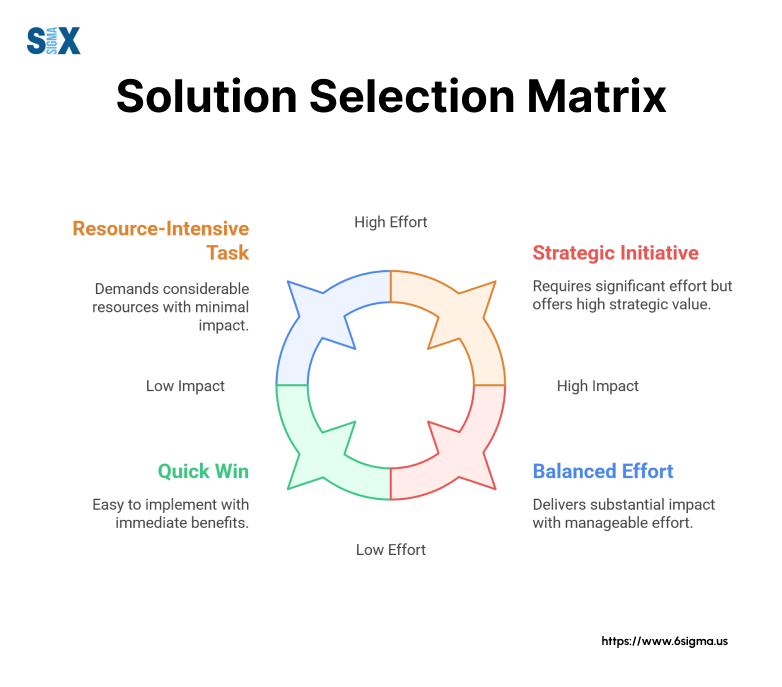
What Is a Solution Selection Matrix?
A Solution Selection Matrix is a structured evaluation tool that helps teams rate and select the best solutions for their process improvement projects.
This decision-making framework uses weighted criteria to assess potential solutions based on factors like cost, impact, and implementation ease.
Key Matrix Components
The Solution Selection Matrix consists of several essential elements:
- Solution List: Potential options arranged in rows
- Evaluation Criteria: Key factors listed in columns
- Weight Factors: Importance ratings for each criterion
- Scoring System: Usually 1-5 or 1-10 scale
- Total Scores: Weighted calculations for ranking
When to Use Solution Selection Matrix
Teams should implement the Solution Selection Matrix during these scenarios:
- Multiple viable solutions exist
- Stakeholders disagree on the best approach
- Project resources are limited
- Complex trade-offs need evaluation
- Objective decision-making is crucial
Business Application Benefits
The matrix serves multiple purposes in process improvement:
- Standardizes decision-making processes
- Creates transparent evaluation methods
- Reduces emotional bias in selections
- Documents reasoning behind choices
- Facilitates stakeholder agreement
This structured approach ensures teams select solutions based on data rather than gut feelings.
By using predefined criteria and weights, organizations can maintain consistency across different projects while adapting the tool to specific needs.
The Role of Solution Selection Matrix in Lean Six Sigma
The Solution Selection Matrix plays a crucial role in Lean Six Sigma projects, particularly during the Improve phase of DMAIC.
This tool helps teams move from problem analysis to solution implementation with data-driven decision-making.
Integration With DMAIC Methodology
The matrix fits naturally within the DMAIC framework:
- Define: Helps scope potential solutions
- Measure: Provides metrics for solution evaluation
- Analyze: Supports root cause resolution
- Improve: Guides solution selection process
- Control: Tracks implementation effectiveness
Benefits in Six Sigma Projects
Six Sigma practitioners gain several advantages using the Solution Selection Matrix:
- Structured evaluation of multiple solutions
- Clear documentation for stakeholder reviews
- Quantifiable comparison methods
- Risk assessment capabilities
- Resource allocation guidance
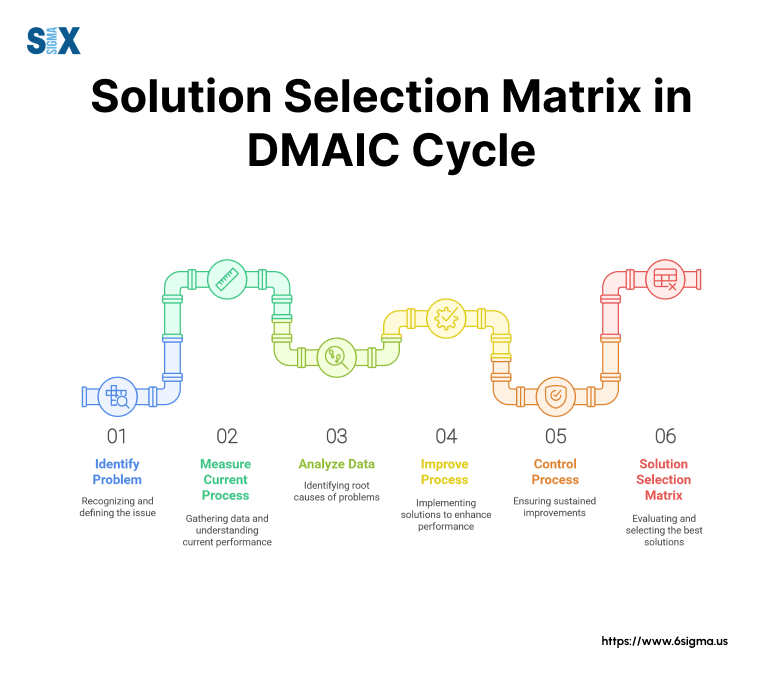
Complementary Six Sigma Tools
The Solution Selection Matrix works alongside other Six Sigma tools:
- Cause and Effect Matrix
- FMEA Analysis
- Process Capability Studies
- Value Stream Mapping
- Control Charts
Teams often use these tools together to:
- Validate potential solutions
- Assess implementation risks
- Monitor solution effectiveness
- Track performance metrics
- Maintain process control
The matrix strengthens Six Sigma projects by converting qualitative discussions into quantitative decisions.
This systematic approach ensures teams select solutions that align with project goals while considering organizational constraints and available resources.
Master the Solution Selection Matrix and Process Mapping
Get hands-on training in tools with the Yellow Belt Training

Step-by-Step Guide to Creating and Using a Solution Selection Matrix
Building an effective Solution Selection Matrix requires careful planning and systematic execution. Follow these steps to create and implement this decision-making tool in your projects.
Step 1: Identifying Potential Solutions
Start by listing all viable solutions:
- Gather input from stakeholders
- Review brainstorming sessions
- Include both quick wins and long-term fixes
- Document each solution clearly
- Eliminate duplicate suggestions
Step 2: Determining Evaluation Criteria
Select relevant criteria for assessment:
- Implementation cost
- Time requirements
- Resource availability
- Expected benefits
- Risk factors
- Organizational impact
Step 3: Assigning Weights to Criteria
Rate the importance of each criterion:
- Use a 1-5 or 1-10 scale
- Consider business priorities
- Account for project constraints
- Validate weights with stakeholders
- Document weighting rationale
Step 4: Rating Solutions Against Criteria
Score each solution systematically:
- Apply consistent rating scales
- Use objective measurements
- Document scoring justification
- Involve key team members
- Maintain scoring transparency
Step 5: Calculating Final Scores
Generate weighted totals:
- Multiply ratings by weights
- Sum individual scores
- Calculate total weighted scores
- Rank solutions by final scores
- Review calculations for accuracy
Step 6: Making the Final Decision
Select the optimal solution:
- Review highest-scoring options
- Consider practical constraints
- Validate selection feasibility
- Document selection rationale
- Plan implementation steps
This structured approach ensures teams select solutions based on objective criteria rather than subjective preferences.
The matrix template provides a framework for consistent evaluation across different projects and teams.
Common Pitfalls When Using a Solution Selection Matrix
Even experienced teams can encounter challenges when implementing a Solution Selection Matrix. Understanding these potential issues helps ensure more accurate and reliable results.
Overlooking Critical Criteria
Teams often miss key evaluation factors:
- Hidden operational costs
- Regulatory requirements
- Training needs
- System dependencies
- Cultural impact factors
Scoring Bias Issues
Several forms of bias can affect matrix results:
- Favoring familiar solutions
- Rushing the scoring process
- Following dominant voices
- Using inconsistent scales
- Allowing political influence
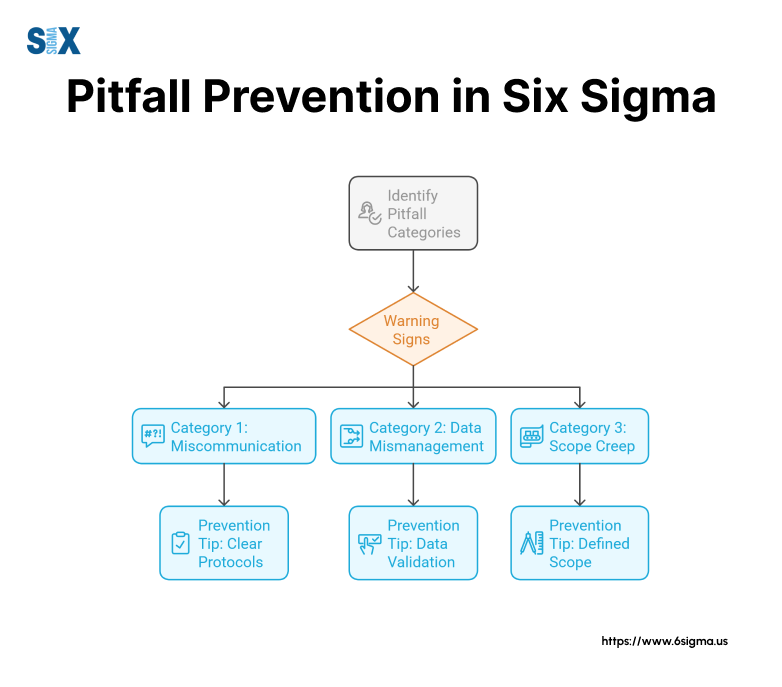
Implementation Blind Spots
Watch for these common oversight areas:
- Resource availability gaps
- Technical limitations
- Staff resistance factors
- Timeline constraints
- Integration challenges
Long-Term Impact Oversights
Teams sometimes neglect future considerations:
- Maintenance requirements
- Scalability needs
- Update costs
- Support requirements
- Process adaptability
Prevention strategies include:
- Using standardized criteria lists
- Involving diverse stakeholders
- Documenting scoring rationale
- Planning regular reviews
- Testing assumptions
These preventive measures help teams create more reliable solution matrices and make better-informed decisions.
Regular review and adjustment of the evaluation process ensures continuous improvement in solution selection.
Avoid Common Project Selection Mistakes – Get Certified in Six Sigma Define Phase
Moving Forward With the Solution Selection Matrix
The Solution Selection Matrix stands as a proven tool for making data-driven decisions in process improvement projects.
This structured approach transforms complex decision-making into a manageable, objective process that teams can consistently apply across various initiatives.
Key benefits of implementing this matrix include:
- Standardized evaluation methods
- Reduced decision-making bias
- Clear documentation trails
- Improved stakeholder alignment
- Measurable selection criteria
Modern digital tools now make matrix implementation easier than ever, offering:
- Online collaboration features
- Automated calculations
- Real-time updates
- Mobile accessibility
- Integration capabilities
Teams ready to enhance their decision-making processes should:
- Download a matrix template
- Customize criteria for their needs
- Train team members on proper usage
- Start with smaller projects
- Scale to larger initiatives
The Solution Selection Matrix continues to evolve with technology while maintaining its core purpose: helping teams make better decisions through structured evaluation methods.
Frequently Asked Questions about Solution Selection Matrix
A. A Solution Selection Matrix is a decision-making tool that evaluates potential solutions against weighted criteria. It helps teams score and rank different options based on factors like cost, time, and impact. This structured approach enables objective comparison of multiple solutions in process improvement projects.
A. The decision matrix for solutions is a scoring system that:
– Lists potential solutions in rows
– Places evaluation criteria in columns
– Uses weighted scoring (typically 1-5 or 1-10)
– Calculates total scores for each option
– Ranks solutions based on final scores
A selection matrix is an evaluation grid that:
– Compares multiple options systematically
– Applies specific criteria for assessment
– Uses weighted scoring methods
– Provides quantitative decision support
– Documents selection rationale
A. Follow these steps to build a solution matrix:
– List all potential solutions
– Define evaluation criteria
– Assign weights to each criterion
– Rate solutions against criteria
– Calculate weighted scores
– Review and select top options
SixSigma.us offers both Live Virtual classes as well as Online Self-Paced training. Most option includes access to the same great Master Black Belt instructors that teach our World Class in-person sessions. Sign-up today!
Virtual Classroom Training Programs Self-Paced Online Training Programs

